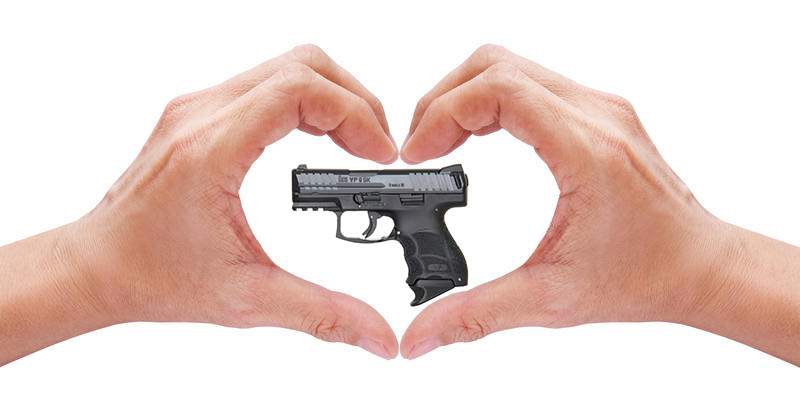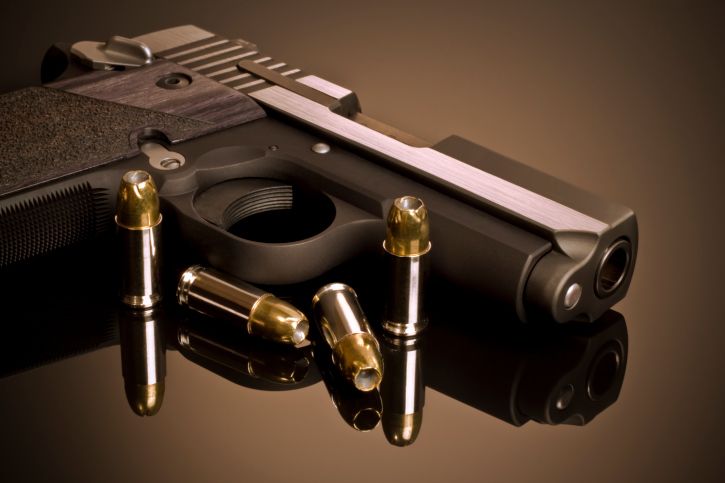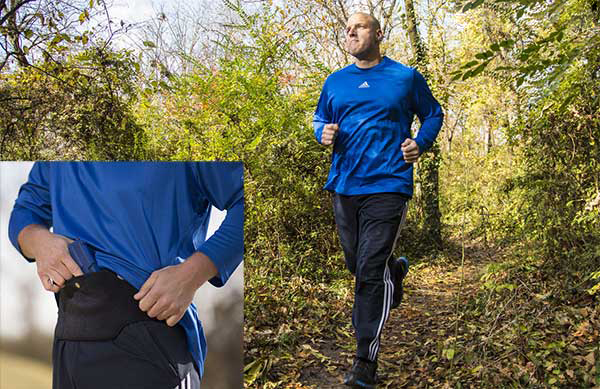Safe Rooms
If you have watched the first three videos in my ‘Surviving A Defensive Encounter’ series, then you understand that the emotional and legal aftermath of defending yourself can be devastating to you and your family. It makes complete sense to have a room in your home where you and your loved ones can hunker down and summon help, allowing you to avoid a violent confrontation and its aftermath while the police handle your intruder.
Creating distance and time in a confrontation can greatly enhance our chance of survival. Distance is to your advantage as it robs the attacker of his ability to engage you without some form of ranged weapon and allows you time to think. Time is of the essence to an attacker, the longer an encounter continues the greater their chance of being caught. We can create distance and time in several ways:
- Retreat – by simply moving away from an assailant we create distance and gain time.
- Temporary Obstruction – by keeping an obstacle between us and our assailant we create both distance and time i.e. Table or other furniture.
- Concealment – staying concealed and quiet can increase the length of the encounter.
- Barricade – by retreating to our safe room and locking and barricading the door we create both distance and maximum time.
We can’t all have a nuclear bunker for a safe room. We can create a sufficiently secure space in our homes for the purpose of enhancing our chance of avoiding a violent encounter. Here are the simple minimum requirements for a safe room:
- Size – Should be big enough to accommodate whole family.
- Security – Doors should be solid core with deadbolts on the inside or there should be some form of door bar and or heavy furniture item that can quickly be employed to barricade door.
- Communication – Keep an old cell phone charged in the safe room. Even without an active service agreement you can usually still call 911 on it. Landlines while providing more information to police dispatchers are vulnerable to being cut.
- Defense – If you choose to incorporate a weapon in your home defense plan you should have one in your safe room.
- Light – A good torch with fresh batteries is a must in case the power has been cut.
- Alarm – Keep the spare keys for your car in the safe room. You can often activate the panic alarm on your car even from within the house. There are also many commercially available battery operated personal alarms.
By having a safe room you create a space within your home where you and your family can:
- Retreat and create distance at the first sign of trouble.
- Barricade to buy time to think and help to come.
- Arm yourself in case you are forced to defend yourself.
- Summon Help so you don’t have to.
Once you have summoned help stay on the phone with the dispatcher, they are your link to the responding officers. Give them a description of who is in the safe room and where it is in the house. Tell them if you are armed. Do not open the door until the dispatcher tells you to do so, the police may well send in dogs to clear the house, or the intruder may pretend to be Law Enforcement to try to gain entry. Prior to opening the door place any weapon you have back in its storage location. Comply with all police commands, until they are positive you are a victim not a perpetrator you will be treated as a suspect. The last thing you want to do is avoid a violent encounter then be injured in a misunderstanding.


